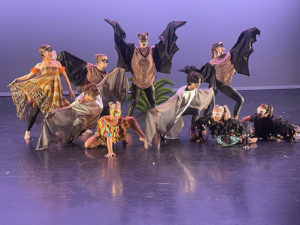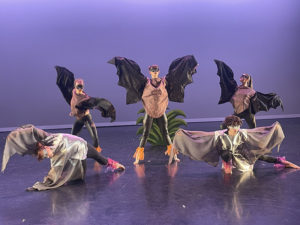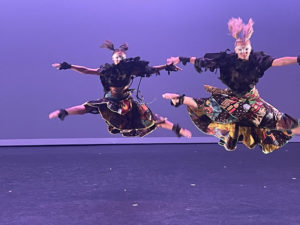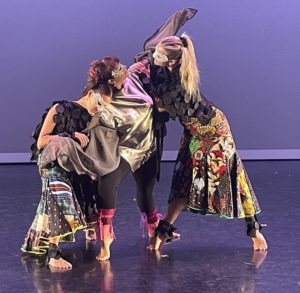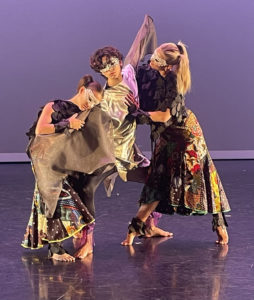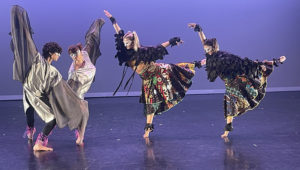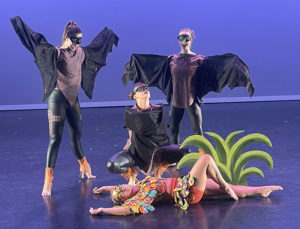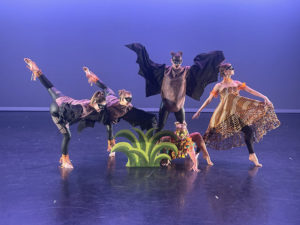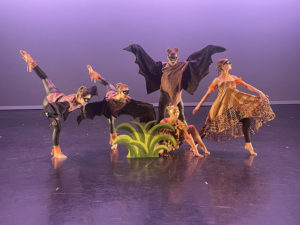Rillito River Project
Ellen Benjoya Skotheim, Founder & Creative Director
In 2006, Tucson was in the middle of a seven year drought. The predictions by the Center for the Environment at the University of Arizona were dire: hotter temperatures, more wildfires and less available water. I had been thinking for many years about impending climate change and the consequent severe water issues facing the future of the southwest United States. I contemplated how artists working with scientists could contribute to the goal of making the general public aware of the environmental threat of global warming.
One evening while having a drink with friends alongside the dry riverbed of the Rillito River, I experienced the amazing natural event of Mexican Free-tailed bats emerging from beneath the Campbell Avenue bridge at dusk. It was a breathtaking spectacle as these approximately 45,000 nocturnal creatures woke and flew, as if on cue, from the girders of the bridge to forage for insects and water that night.
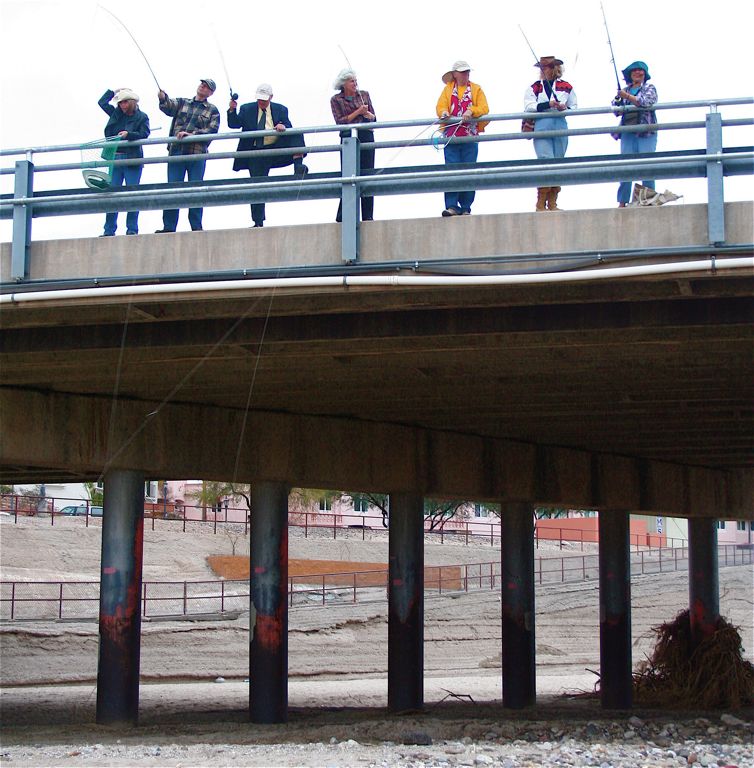
It was then that I realized that this incredible nightly spectacle could be the impetus for people to gather in the dry river bed and experience artistic performances about global climate change informed by science. I believed that this experience of being in the river bed which once had been filled with water, rather than on the bridge above. Their flight would affect people in a more visceral and receptive way. As the creative director, founder and chief fundraiser of the Rillito River Project, it was my vision to invite an international group of artists, architects, musicians, writers, builders and anthropologists to raise awareness of the devastating effects of global climate change on the vanishing rivers of the southwest.

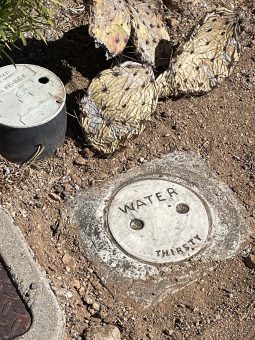
On February 15, 2022, Tucson artist Ellen Benjoya Skotheim and New York artist Anthony Peter Gorny created and installed a neon sign bearing the words “NO WATER” in the bed of the dry Rillito River in Tucson, Arizona. This installation is intended to draw much needed public attention to the ongoing Mega Drought, the longest and most severe drought in the western United States and Northern Mexico in at least 1200 years. A study published in the journal “Nature Climate Change” concluded that human-caused climate change significantly contributes to the Mega Drought.
“NO WATER” is the latest installation of the Rillito River Project which fuses art and science to create ephemeral environmental installations and performance art events that call attention to the ongoing water crisis and climate change in the West which portend serious negative consequences to the quality of life of all people and animals living in the West. Elllen Benjoya Skotheim is the founder and Creative Director of the Rillito River Project.
Bats - Highly Acclaimed
Part of University of Arizona's Dance Spring Eternal in 2023
Dedicated to Bat and Mammal specialist Dr. Yar Petryszyn for sharing his knowledge about bats and their importance in our ecosystem. Also, Ellen Skotheim for her environmental work with Rillito River Project.

Ellen Benjoya Skotheim, artistic director of the Rillito River Project, with Barbea Williams, choreographer of Bats – Highly Acclaimed and the dancers from the University of Arizona School of Dance
“Bats” utilizes hybrid dance styles to plant seeds of insight into and shed stereotypes of hallow horror through visual narration. Using night predator and prey scenes that farmers and lay people alike respect due to the amount of insect consumption taking place nightly. Which provide humans with an organic pest control that protect crops and rid fellow mammals of undesirable pests. As they add beauty and sustenance to our world as pollinators of flowers, our beloved cacti and plants that feed and clothe the world’s populations. An Afro-Futuristic costume design chosen for the insects are to capture the intricacy of their attractiveness. This stylized dance brings an acute awareness of Bats function, hoping humans understand the global importance of our fellow mammals and their role in protecting and creating equilibrium in our planet’s ecosystems. Reciprocation seems like a natural order…
Choreography and Costume Design: Barbea Williams
Selected costume accessories were designed and constructed by Afrikan Designers.
Rehearsal Assistant: Casidy Chan
Music by: Damien Escobar
Music Editor: Skylar Sienna Fry
Costume Coordinator: Kristen Wheeler
Lighting and Sound Designer: Pearl Rea
Dancers: Juan Andreas Bautista, Sadie Beebe, Sophia Borgarello, Allison Burgess, Chloe Renee Canon, Casidy Chan, Abigail Emery, Grace Emery, Sydnie DeGraff, Skylar Sienna Fry, Carly Katz, Sasha Resist.
Special Thanks to the UA and BWPC Dancers for their amazing energy and creative contributions.
One of the Project’s first public events, in the Riverbed, took place in October of 2007. It was the world premiere performance of the New York Metropolitan Opera violinist Patmore Lewis’ original composition, “Elemental Flow”. This beautiful musical piece tells the story of the history of the Rillito River, a story as old as creation and as current as today.
A key endeavor of the Rillito River Project became the annual “Bat Night” event, which serves to increase consciousness of the delicate balance of life in river ecosystems in the desert. From April through October the bridge’s expansion joints serve as the bats’ migratory home, and every evening they take their dramatic flight. In honor of this nightly phenomenon, one night– Bat Night— has been held every year since 2008. This event draws people into the dry riverbed to witness the flight of the bridge’s transient residents and to experience various artistic presentations that not only entertain, but also educate the public about the environmental issues facing the Southwest.
The first annual Bat Night was held on September 13, 2008. More than two thousand people gathered near sunset in the Rillito riverbed east of the Campbell Avenue bridge to watch the bats emerge. An hour prior to this incredible phenomenon, I opened the event with a reading of “The Bat”, a poem by Theodore Roethke, and a water toast to the soul of the river. Next the Pete Swan trio played an original composition written for the river. Bat expert, Yar Petryszyn of the University of Arizona presented a lecture on bats, contrasting the dark and mysterious portrayal of bats in folklore and mythology with the scientific facts of their important role in plant pollination and their voracious appetite for insects. Afterward we all watched the nightly exit.
Bat Night 2009, the Rillito River Project with Flam Chen and Poet Logan Phillips presented a sky chart constructed with seven weather balloons, each eight feet in diameter, which represented a mirror-image water table. The balloons were raised in the sky across the dry Rillito riverbed to demonstrate the water table’s dramatic plunge of 170 feet between 1945 and 2005. This precipitous drop resulted from increased groundwater pumping, coupled with a multi-year drought, to service a population that grew from 40,000 to 1,000,000 residents during those years.
Bat Night 2010, held on September 11, incorporated Tucson artists and design architecture and literary projects created by students and faculty at the University of Arizona to reflect on the loss of the riparian habitat around the Rillito River.
In 2012, the Rillito River Project collaborated with choreographer Barbea Williamsand the Rio Vista Elementary School on “Welcome Back the Bats”, an original dance and music production performed on a sand stage in the river bed.
Rillito River Project on NPR
Listen to classical composer Patmore Lewis discuss the music he created to draw attention to the Rillito River Project.
Following Elemental Flow are Patmore’s concert repertoire including La Fontaine d’Arethuse (The Fountain Arethusa) by the Polish composer Karol Szymanowski, the Sonata in E-flat Major for Violin and Piano of Richard Strauss, and the Sonata for Violin and Piano by the American composter Alan Seidler.
On October 20, 2007, Elemental Flow, the title track from Rillito River Project received its first performance in the Rillito riverbed before an audience of 150 invited guests. The following video shows the unusual setup of the event accompanied by a portion of the Patmore Lewis composition.
Art Lab
Another program created by the Rillito River Project was the establishment in 2010 of the Border Biosphere Art Lab, which brings together nationally and internationally acclaimed artists for a week to meet with scientists and environmentalists at the University of Arizona to develop their individual artistic response to climate change. The group of artists live together at the Biosphere 2 where they learn from scientists the latest information on climate change. Following these meetings, the group travels to the Cuenca los Ojos Foundation in the Chiricahua Mountains on the border between Mexico and Arizona for additional meetings with scientists and environmentalists. This week gives the artists an opportunity to reflect on their experiences and formulate their own artistic response to the issue of climate change. Many of their resulting works were later included in an exhibit at the Biosphere 2, titled “The Art of All Possibilities”. In 2012, the Rillito River Project established a fund available to Art Lab artists to return to the border to continue their research and projects.
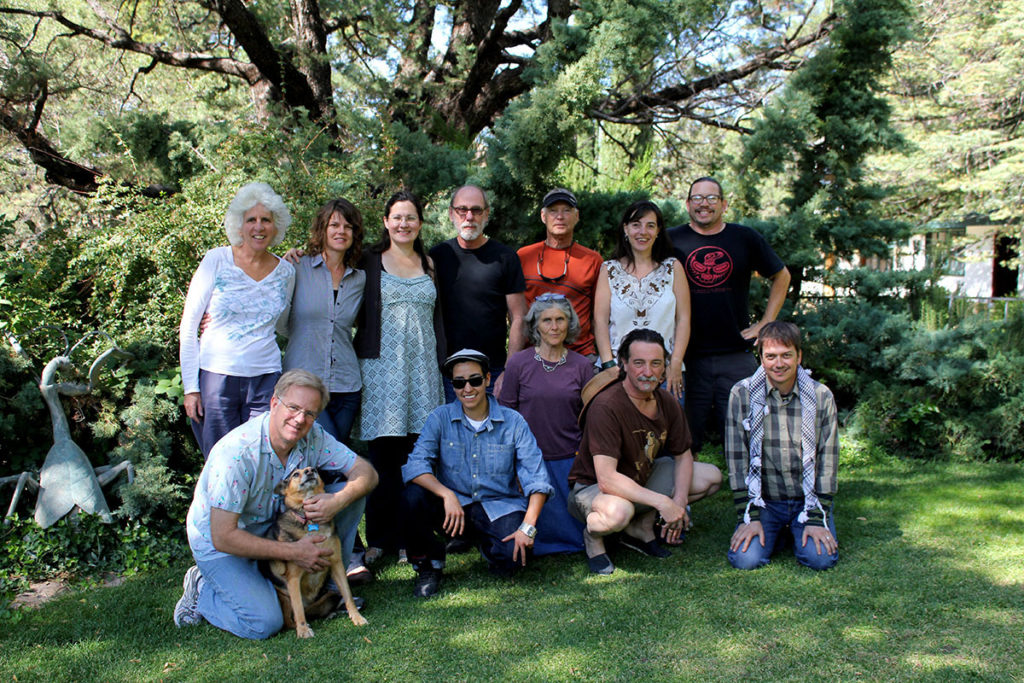
For more information about the Rillito River Project, please visit our website: rillitoriverproject.org
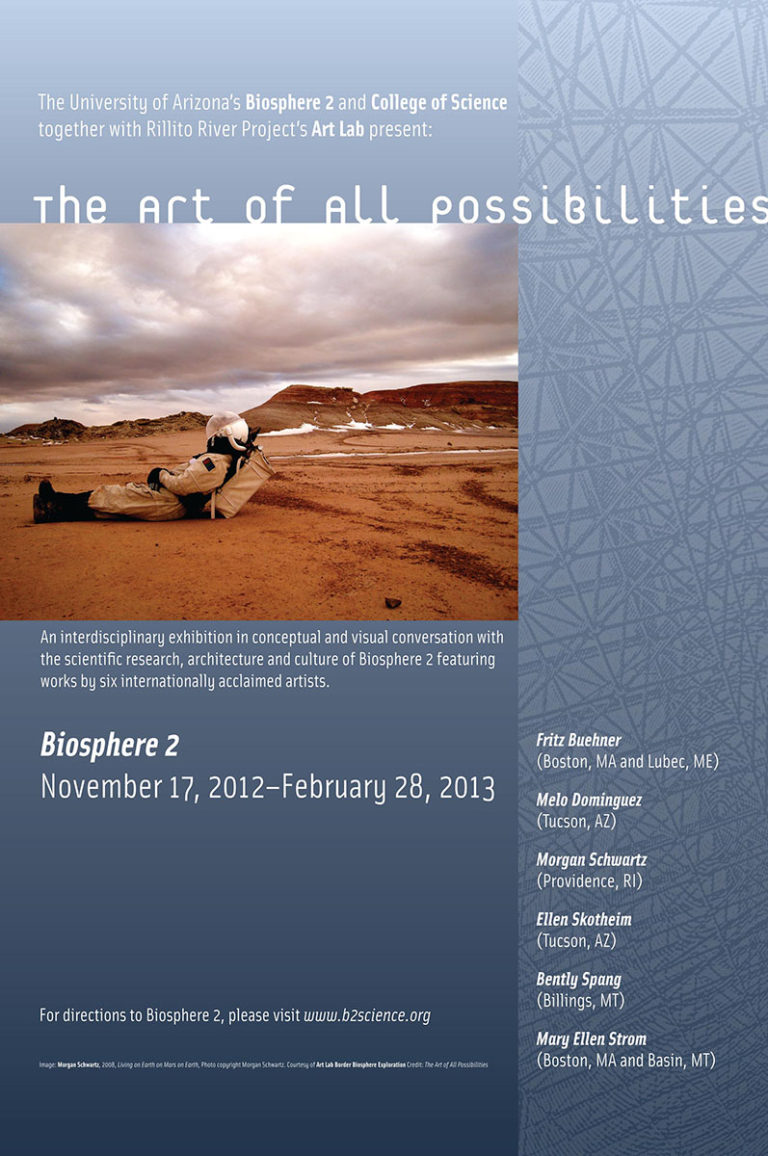
View Press Release on The Art of All Possibilities
